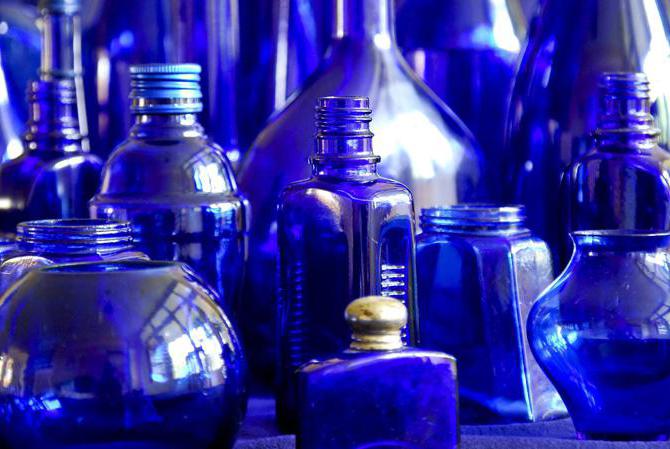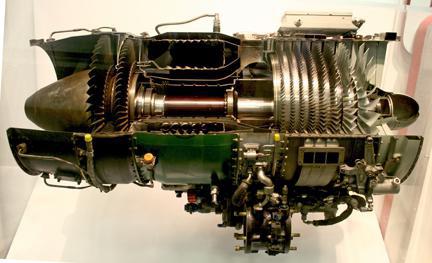An ordinary person, not related to chemistry and medicine, as a rule, vaguely represents the importance of cobalt for his life and health. Another reason why we find it difficult to explain what cobalt is is its meager distribution in nature. Only 0.004% - such is its content in the earth's crust. However, metal and its compounds are actively used in metallurgy, agriculture and medicine. In our article, we will expand our understanding of the role of cobalt in industry, and also dwell on its functions in the human body.
Place of an element in the periodic system
What place does cobalt occupy in the periodic system? The properties of chemical elements, including the metal we are considering, depend on their position in the table of D. I. Mendeleev. It is located in group VIII b (in the short form of the table - in the triad of iron of group VIII). Like iron and nickel, in its atom at the last energy level there are two electrons, which indicates the metal belongs to d-elements and determines its main characteristics. The metal has two valencies - II and III. It is also characterized by the phenomenon of allotropy, metal modifications can have a cubic or hexagonal structure.
What is cobalt?
What are the physical properties of an element? In appearance, it is a metal with high hardness and magnetic properties. Silver luster, ductility, and thermal stability are some of the other physical attributes of the element that are also inherent in its two other neighbors in the periodic system — nickel and iron. Neither oxygen nor water acts on cobalt at ordinary temperature. Its compounds, for example, smalt, have been known since ancient times as substances used to make blue stained glass and stain ceramic products.
Cobalt is a typical metal similar in its chemical properties to iron. What are the features of its oxides, bases and salts?
Compounds of divalent and trivalent cobalt
The ability to form complex salts is the main distinguishing feature of Co (III) atoms. These substances are unstable, the coordination number of cobalt in them is always six. They have a high oxidizing ability. Medium salts, for example, CoCL 3 or Co 2 (SO 4 ) 3 readily convert to salts in which cobalt is already a divalent metal. Its anhydrous compounds are blue in color, and the crystalline hydrates and solutions are pink. Unlike other bases, trivalent cobalt hydroxide, when reacted with perchloric acid, does not form salt and water, but releases free chlorine from it. The base of the divalent metal in the form of a blue precipitate is obtained by direct reaction of the corresponding salt with alkali. Let us characterize the properties of cobalt, which is part of solid solutions of metals in each other - alloys.

It gives the material exceptional technical parameters of resistance to high temperatures, hardness, resistance to abrasion and corrosion. Alloys containing cobalt are used in the defense industry, rocket science and in closed cycle chemical technologies. In the production of tool grades of steel, materials with magnetic properties, as an alloying additive, cobalt is also used. The characterization of the properties of such iron alloys is very different from conventional stainless steels containing only chromium or nickel.
The use of cobalt in technology
About a third of all the metal obtained in the world goes to the production of cermets - artificial composite materials. The solid base in them is tungsten carbide, and cobalt acts as a binding and fixing component. It is also a strategic raw material for the production of engine turbines in aircraft manufacturing.

In its pure form, metal is practically not used, but the use of cobalt in a mixture with other elements (iron, copper, tungsten and chromium) is widespread in various industries. The stellite alloy, containing up to 60% cobalt, is characterized by increased heat resistance and hardness, it is an indispensable material for the manufacture of cutters and drills in tool production. Alloying elements such as tungsten and molybdenum enhance its characteristics. Vitalium alloy, which has high resistance to plastic deformation, also contains cobalt. The characteristics of the properties of the compound are as follows: heat-resistant and acid-resistant, used in the manufacture of chemical equipment: synthesis columns, distillation apparatus. The role of alloys in counteracting various types of corrosion is great, for example, parts and mechanisms made of stellite resist resistance to destruction during vibrational and rubbing movements of mechanical surfaces in internal combustion engines.

Methods for producing cobalt
Various industries require the use of materials containing cobalt. This contributes to an increase in the extraction of ores and minerals, namely cobalt space and luster. Arsenic is also part of these rocks; this forces us to apply increased safety measures in the processes of metal smelting. The main method for producing cobalt is pyrometallurgy; a method for treating ore with sulfate acid is also used. The most promising are considered deposits of silicate-oxide ores, pyrite and pentlandite in China, Russia (on the Kola Peninsula, in the Republic of Tuva and the Krasnoyarsk Territory), as well as in Canada.
The use of metal in agriculture and medicine
Certain important properties possessed by the trace element cobalt contribute to its use, for example, in crop production to increase the vegetative mass of plants. In alfalfa, lupine, clover and other valuable fodder herbs of the legume family, it is included in the enzymatic reactions of nitrogen fixation that occur with the help of nodule bacteria. A micronutrient deficiency is manifested by symptoms such as discoloration of leaf blades and their loss of ability to photosynthesis, a slowdown in growth processes and disruption of the entire plant development cycle. Excessive cobalt content is possible due to a violation of microfertilizer application standards. Since its compounds are readily soluble in water, they immediately enter the xylem and, through the conductive elements (vascular-fibrous bundles), enter the leaf mesophyll, causing them to discolor and fade. Cereals are most sensitive to an excess of trace elements: oats, barley, rice.
Biochemistry on the role of cobalt compounds
A branch of biology that studies living matter at the molecular and cellular level has established an important function of this chemical element. It is part of the non-protein part of biologically active substances - enzymes and hormones. For example, cobalt in the human body is located thyroxine molecules produced by the thyroid gland and controlling metabolic processes. Another vital hormone that regulates plasma glucose is insulin. It is secreted by β-cells of the islets of Langerhans of the pancreas and also contains cobalt compounds. Insufficient intake of an element into cells and organs of a person is observed during the transition from mixed nutrition to vegetarianism, with helminthic invasions and diseases of the digestive system. As you can see, cobalt is a microelement that seriously affects the level of homeostasis in the human body.
The value of a chemical element in metabolism
Hematopoiesis carried out by red bone marrow occurs with the participation of cobalt-containing substances - activators of the corresponding enzymes. One of the main vitamins of group B - cyanocobolamine (B 12 ), participating in the formation of red blood cells in the blood-forming organs, protects the body from anemia. A proper and balanced diet containing liver, beef, seafood, dried apricots, beets, will provide the necessary level of cobalt in the human body (about 40 mg per day) and protect it from diseases of the immune, cardiovascular and endocrine systems.